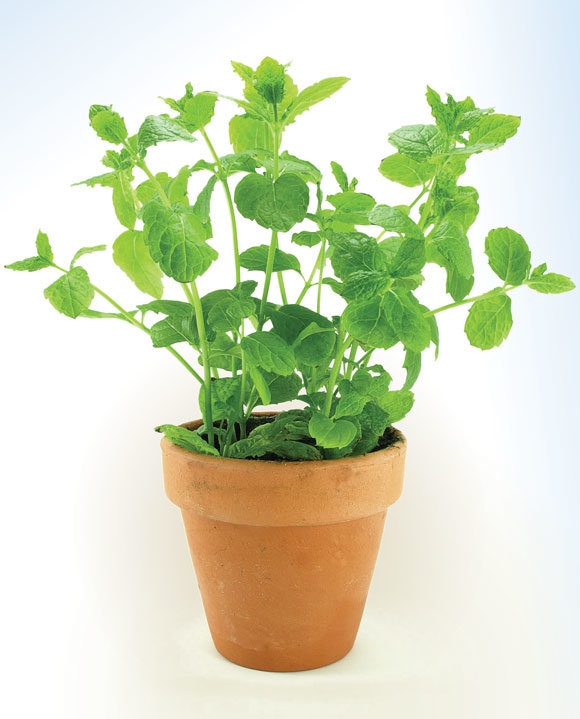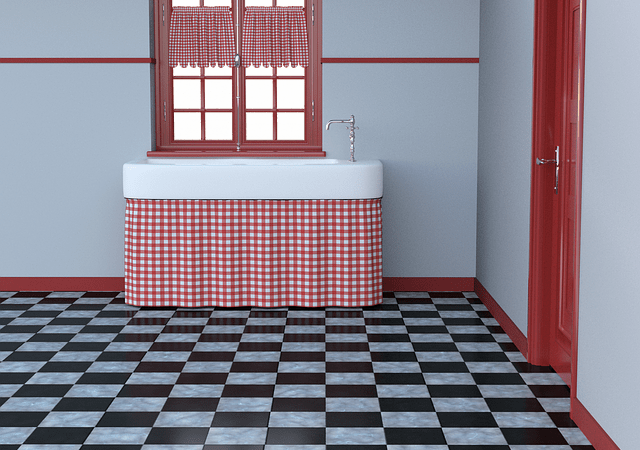Green Indoor Quality

Green Indoor Quality
Now that your house is more or less closed up for the cooler weather, you might want to consider bringing more plants into your house that actually absorb harmful volatile organic compounds or VOCs.
Once houses are closed VOCs become more concentrated. They include methyl chloride from adhesive removers and aerosol spray paints; benzene found in environmental tobacco smoke, fuels and exhausts from vehicles; perchloroethylene most used in dry cleaning and formaldehyde from paints, wall boards, adhesives and off-gassing from ceiling tiles and trichloroethylene (TCE) from tap water, cleaning agents, plastic products and insecticides. Humidity and high temperatures allow for more vaporization from wood materials.
VOCs are known to seriously compromise health and the risks may include allergies, asthma, cancer, immune challenges, neurological, reproductive, developmental and respiratory issues as well as headaches, eye, nose and throat infections.
There are a number of plants that have the ability to purify indoor air. Among the common ones that remove VOCs are Japanese royal ferns, spider plants, aloe vera, snake plants, areca palms and peace lilies. The purple waffle plant, English ivy, variegated wax plant and asparagus fern were tested and received the highest ratings for removing indoor pollutants.
In addition to significantly improving indoor air quality, adding plants to the home has been known to reduce stress as well as symptoms of ill health. Purchasing a few plants to decorate your home will serve a valuable dual purpose keeping your home environment clean of VOCs, healthy and the greenery pleasing to the eye.
Green Indoor Quality








